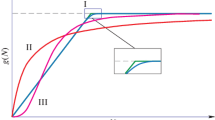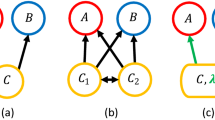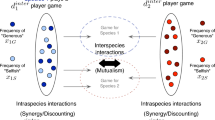Summary
It is difficult to rely solely on simple definitions when making comparisons of the trophic relationships between species, as many relationships can be described by more than one definition and hence intermediate cases and exceptions to general rules are common. The authors suggest, however, that such relationships can be described accurately by using a combination of three parameters. These parameters are 1) the degree of antagonism between the two species being considered, 2) the duration of their association, expressed in terms of the duration of the life-cycle of the animal in the upper trophic level, and 3) the degree of dependence of one species on the other. Parameter 3 is a description of the extent to which the animal in the upper trophic level depends on the animal in the lower level.
Examples of relationships for general interactions are shown in figure 1 and for entomophagous interactions in figure 2. These figures enable «relationships» rather than «associations» to be described, as one species, or individual, can be part of a different relationship if subjected to a different set of conditions. By using the proposed approach, a given relationship can sometimes be ascribed to a particular type of individual (e.g. mother or progeny) or to the joint effect of the many individuals within a population.
Similar content being viewed by others
Author information
Authors and Affiliations
Rights and permissions
About this article
Cite this article
Rabasse, J.M., Tardieux, I. & Lapchin, L. Caractérisation des relations trophiques hétérotypiques antagonistes. Entomophaga 34, 147–152 (1989). https://doi.org/10.1007/BF02372663
Issue Date:
DOI: https://doi.org/10.1007/BF02372663




